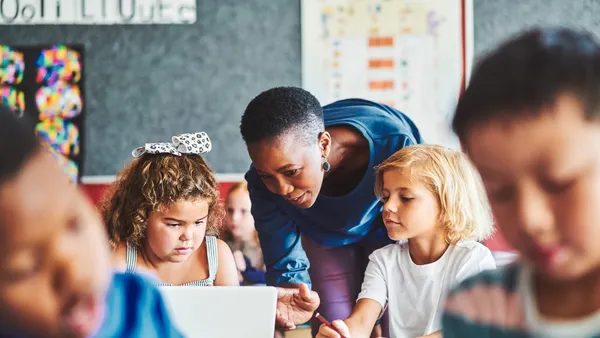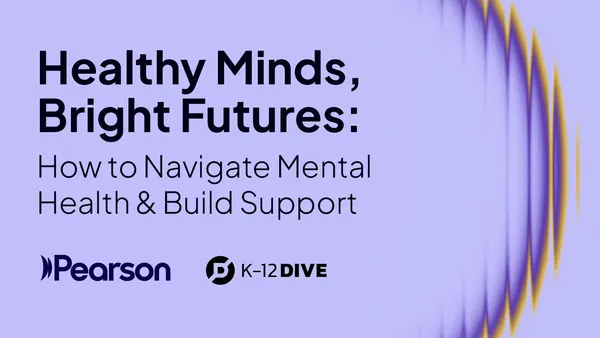Dive Brief:
- In a continued effort to spotlight the important role that comics and graphic novels can play in English language arts, the National Council of Teachers of English is partnering with the Carnegie Corp. of New York to offer educators the chance to incorporate the foundation’s “Great Immigrants, Great Americans” comic series into the classroom.
- This summer, two cohorts of four teachers each will be selected for this program, led by two NCTE member facilitators. Each cohort will meet with their facilitator and collaborate to create a minimum of eight middle and high school classroom resources based on comics about naturalized American citizens by mid-August.
- “I'm really pleased and excited that Carnegie wanted to bring in teachers from across the country to lead this work, rather than create something on their own and have teachers react to it. That's something that I wish a lot of other entities in our world would model,” said Emily Kirkpatrick, executive director of NCTE.
Dive Insight:
The “Great Immigrants, Great Americans” comic series began this year as an extension of a public awareness campaign of the same name that was launched in 2006. Both the campaign and the series were commissioned by the Carnegie Corp. of New York to highlight the contributions of immigrants to American life.
The goal of the partnership with NCTE is to bring forward instructional practices that teachers have found to be particularly effective and apply them to the Carnegie Corp.’s comic series.
Comic books and graphic novels are particularly good at building understanding and a sense of empathy for people, said Kirkpatrick. She said that through these stories, comics offer opportunities to see how communities work both in fantasy and real life, and to ignite conversations about what makes a hero, which can lead to further discussions about civic participation.
“We all come from somewhere, and we all have dreams, and this exploration with comics will draw us closer to those things that we have in common,” said Kirkpatrick.
While comic books attract all types of readers because of their content and approachability, they are especially useful for reluctant readers who haven’t found texts they enjoy, she noted.
“We know that the more that an individual reads, the better a reader they become. So one of the most important things an educator can do is find the type of content that's most attractive to a student," said Kirkpatrick.
"Visually attractive content is important and gets them interested in reading,” she added.
Kirkpatrick highlighted that teachers coming together in cohorts is a powerful model that allows them to collaborate and develop resources, techniques and a sense of community.
“This is really important, especially when we're seeing so much turnover in the teaching profession,” Kirkpatrick said. “We need to find new and novel ways to encourage and engage teachers, and NCTE really sees evidence that we're on to something.”
Correction: A previous version of this story cited an incorrect launch date for the "Great Immigrants, Great Americans" comic series. We have updated our story.






 Dive Awards
Dive Awards







